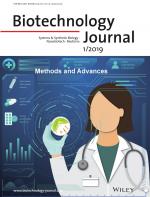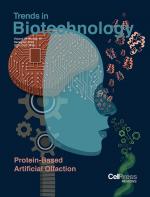Fluorescence recognition of proteinaceous binders in works of art by a novel integrated system of investigation
- Citation:
- Sandu, ICA, Roque ACA, Matteini P, Schäfer S, Agati G, Correia CR, Viana JFFP. 2012. Fluorescence recognition of proteinaceous binders in works of art by a novel integrated system of investigation. Microscopy Research and Technique. 75(3):316-24.
Abstract:
Fluorescence microscopy and microspectrofluorometry are important tools in the characterization and identification of proteins, offering a great range of applications in conservation science. Because of their high selectivity and sensitivity, the combination of these techniques can be exploited for improved recognition and quantification of proteinaceous binders in paintings and polychromed works of art. The present article explores an analytical protocol integrating fluorescence microscopy and fluorometry for both identification and mapping of proteinaceous binders (in particular egg and glues) in paint samples. The study has been carried out on historically accurate reconstructions simulating the structure and composition of tempera and oil paints containing these binders. To assess the spatial distribution of specific proteins within the paint layers, cross-sections from the reconstructions were analyzed by fluorescence imaging after staining with an exogenous fluorophore. Reference fluorescence spectra for each layer were acquired by a multichannel spectral analyzer and compared after Gaussian deconvolution. The results obtained demonstrated the effectiveness of the integrated protocol, highlighting the potential for the use of fluorescent staining coupled with microspectrofluorometry as a routine diagnostic tool in conservation science. The current work creates a set of fully characterized reference samples for further comparison with those from actual works of art.







